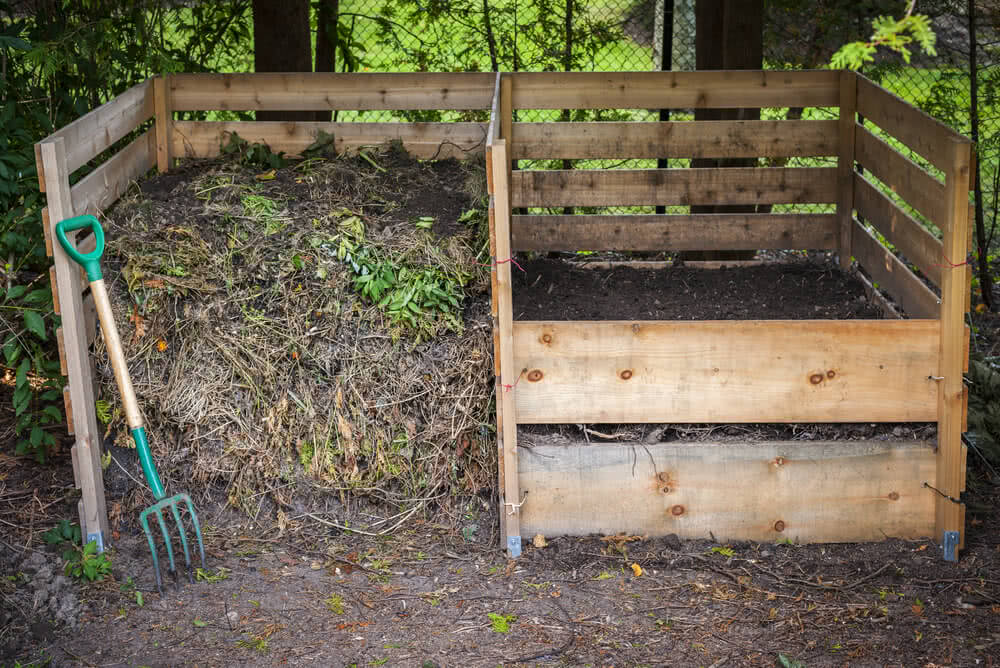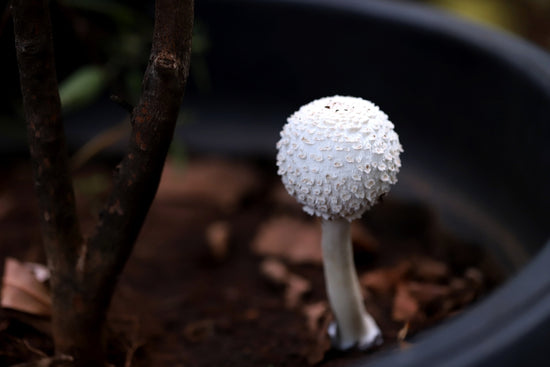Looking at temperature extremities very few people have started practicing the mantra of conservation - Recycle. Reuse. Reduce. It can be decoded as Recycling aluminum cans, paper, and glass; reusing the materials and reducing the energy to reproduce the same. This mantra could be applied to your garden trimmings and leftover food via Backyard Composting. By backyard composting you could economically reduce waste, reuse organic materials, and recycle nutrients to make a reliable and beneficial soil conditioner. Composting only proves that you are a good caretaker of our planet.
It’s all lying in that garbage bag:
If you have no idea about the amount of waste, you threw last week, gather a day’s garbage, weigh it and then multiply by 7. You would get an approximate idea of how much garbage is produced in your house every week.
Then segregate the garbage and separate recyclable plastic, aluminum containers and old newspapers. This material would need commercial recycling. While any foodstuff – fruit and vegetable peels, leftovers, coffee or tea grounds, leaves and garden trimmings could form a useful material for your compost.

Benefits of Compost in Gardening:
- In Composting organic materials like branches, leaves, and kitchen leftovers are biologically decomposed under controlled conditions. Since compost is made up of decomposed organic material, it contains a large number of beneficial plant nutrients.
- When added to garden soil, compost is known to reduce the occurrence of certain soil-borne diseases and improve plant health and productivity.
- When mixed with soil, compost loosens the soil and makes water, oxygen, carbon dioxide, and minerals available to the roots quickly. It improves root penetration and helps the soil retain water. Read about how does composting work.

5-essential ingredients of Backyard Composting:
For efficient Backyard Composting maintain the garbage pile with the ideal balance of water, air, carbon and nitrogen content; leave the decomposing agents—insects, worms, bacteria, and fungi—to take care of the rest.
- Water: Keep your compost pile moderately moist, but not too wet. Foul odour indicates excess moisture and obstructs the process of decomposition.
- Oxygen: This is vital for decomposers. If the pile is too tight, too vast or too wet, then Oxygen will not circulate well. This might lead to Anaerobic decomposition that is slow and inefficient.
- Carbon: Available in abundance in most organic materials, Carbon is broken down by decomposers to create food-energy. Wood and paper are pretty high in carbon but might slow down the decomposition process.
- Nitrogen: Required in large quantities, Nitrogen is a crucial ingredient in protein, a fundamental building block of life. Without sufficient nitrogen, your compost pile might decompose very slowly. Thus, add green leaves and grass clippings in abundance.
- Decomposing organisms: Organisms in the compost pile produce heat, the heat, in turn, energizes them, and triggers the entire process. The heat also helps in killing harmful organisms and weed seeds. Read about what is vermicomposting?
Remember that only a well-managed compost pile could produce compost in merely two or three months.

Getting started with Backyard Composting:
- Choose a level ground for your compost pile. See to it that the location does not stop worms and other beneficial organisms from reaching the pile. The ideal location for a compost pile is a shady area protected from wind and heavy rain.
- The dimensions of the pile should be at least 3 feet high x 3 ft wide x 3 ft long. Avoid large piles. A maximum recommendation is 5 ft high x 5 ft wide, with no limit to the length.
- Composting piles range from simple to elaborate. So you could choose from:
Basic compost heap, i.e. a single pile mixed with compost materials on the ground.
Compost pit which is ideal for composting materials consisting of food scraps.
Holding units - These are bins used to contain the compost heap, kept out of sight, and easier to turn.
Turning units - These are commercial composting units that feature rotating barrels.

What to compost?
Nitrogen-rich materials
- Grass clippings
- Seaweed and aquatic plants (washed to remove salt)
- Fruit and vegetable trimmings
- Kitchen scraps like coffee grounds, eggshells, leftover bread, rice, etc.
- Fresh, leafy garden trimmings
- Chipped trees
- Chopped twigs, small branches of trees and shrubs
- Untreated wood
- Stems of fibrous grasses
- Chopped or shredded Palm Fronds
- Shredded paper
What not to compost?
- Weedy, persistent plants
- Diseased plants
- Dog or cat feces, used kitty litter might cause a human health hazard
- Products like Oils, Dairy products, and Meat or bones of animals, poultry, fish may attract flies, rats, animals
- Metals
- Glass
- Rubber
- Plastics

DIY compost pile at home:
- Accumulate materials for a pile of about 2 x 2 x 2 ft, or make a 3-ft cube.
- Shred or chop the materials to 1–2 inches for better exposure and faster decomposition.
- The first layer should be a 4–6 inch thick base of carbon-rich materials like dead leaves, wood chips and paper.
- Moisten.
- Then add a 2– 3-inch layer of nitrogen-rich materials like food scraps.
- Continue to alternate and mix layers of nitrogen and carbon sources materials.
- Add water as needed.
- Your compost pile should be minimal 3–4 ft high and maximum 4–5 ft high.
- Close or cover the bin with a plastic sheet.
- You could add a new pile by sprinkling little topsoil or compost between layers.
- To test the moisture content take a handful of compost and squeeze it. It should feel moist without yielding much water.
- If the pile is too wet, turn it and allow air to circulate. If the pile is too dry, add water and then turn it.
- Monitor the temperature in the pile’s interior with a compost thermometer. It should range between 120° and 160°F. If the temperature begins to drop, turn the pile and rotate materials from outside to inside. Use a garden fork to shift the compost to a second bin, and rotate the layers easily.
- Continue to monitor the temperature. After the temperature peaks, turn the pile once more. Changes like reduction in white moulds, insect populations and increase in beneficial worms would be visible.
- Once the pile stops generating heat, the process would be complete. Let the pile rest for another four weeks.
- The end product would look like dark, loose (crumbly), and without a strong odour.
- You could now use it make compost tea to use for watering crops and seedlings, mix it with your garden soil or spread it on your lawn. Read about composting techniques.

Tips for backyard composting
- For quick composting chop or shred leaves, twigs, and other materials as smaller pieces “cook” faster than larger ones.
- In your compost pile have one part nitrogen-rich materials for every two to three parts carbon sources.
- For adding Nitrogen, you could sprinkle small amounts of commercial nitrogen fertilizer between layers.
How can Ugaoo help?
For faster and efficient composting, you can buy compost maker powder online in India!
If you don't have a backyard, you may want to start composting at home in a compost bin.
Happy Composting!
Reference: Published by the College of Tropical Agriculture and Human Resources (CTAHR) and issued in furtherance of Cooperative Extension work, Acts of May 8 and June 30, 1914, in cooperation with the U.S. Department of Agriculture.










